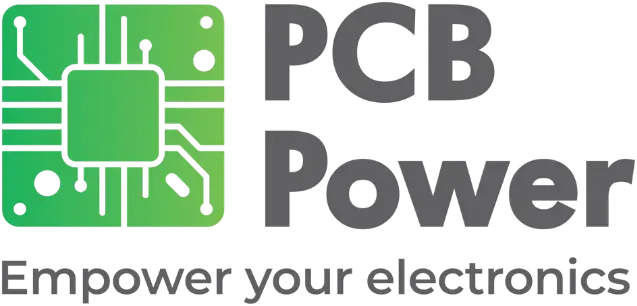
Designing Printed Circuit Boards for High-Speed Applications
Printed Circuit Boards (PCBs) are the backbone of present-day electronics. Circuit board designers, hardware, and Electronics technologists need to distinguish the principles of PCB design and manufacturing to ensure that their PCBs meet the requirements of their high-speed applications.
Here are some tips for designing PCBs for high-speed applications:
-
Minimize Signal Path Length -
The time it takes for a signal to travel from one component to another is affected by the length of the signal path on a PCB. This period delay is known as the propagation delay and can impact the performance of high-speed circuits. To minimize propagation delay, designers should keep the signal path length as low as feasible.
-
Use Controlled Impedance -
The resistance that a signal faces while traveling along a PCB trace is referred to as impedance. Controlled impedance guarantees that the impedance of the signal path remains uniform along the length of the trace, thereby reducing reflections and distortion of the signal. This is especially crucial in high-speed circuits, where signal integrity is vital.
-
Proper Component Placement -
The placement of components on a PCB has a significant impact on signal integrity and overall performance. To avoid interference, components that generate noise, such as power supplies and clocks, must be isolated from other components. Furthermore, to minimize the impact of electromagnetic interference (EMI), signal traces should be positioned away from noisy components.
-
Grounding and Power Distribution -
Grounding and power distribution are crucial aspects of high-speed circuit design. A low-impedance return path for signals should be provided by implementing a solid ground plane. To mitigate noise and voltage drops, the power distribution network should be designed with careful consideration.
-
Minimize crosstalk -
Crosstalk occurs when the signal from one trace inhibits the signal on another trace. This can cause signal distortion and lessen the performance of the circuit. To minimize crosstalk, designers should keep traces as distant away from each other as possible and use shielding techniques, such as grounded traces or vias.
-
Avoid sharp corners -
Traces with sharp corners can cause signal reflections that negatively impact performance. To mitigate this, designers should use traces with rounded corners and gradual changes in direction.
-
Signal Integrity Analysis -
Signal integrity analysis is a crucial step in the design process for high-speed circuits. It allows for the identification and resolution of potential signal integrity issues prior to manufacturing. Signal integrity analysis tools, including simulation software, can optimize PCB designs for signal integrity.
-
Use high-speed materials -
The selection of materials used for a PCB can significantly affect its performance. High-speed materials, like Rogers, have lower dielectric constants and loss tangents than standard FR-4 materials. This helps to reduce signal distortion and improve signal integrity, making them ideal for high-speed applications.
In conclusion, designing PCBs for high-speed applications requires cautious deliberation of signal path length, controlled impedance, component placement, grounding, power distribution, and signal integrity analysis etc. Designers who design PCBs, hardware, and PCB engineers, should join forces to enhance PCB design for high-speed applications, ensuring that their PCBs meet the requirements of their high-speed applications.



